

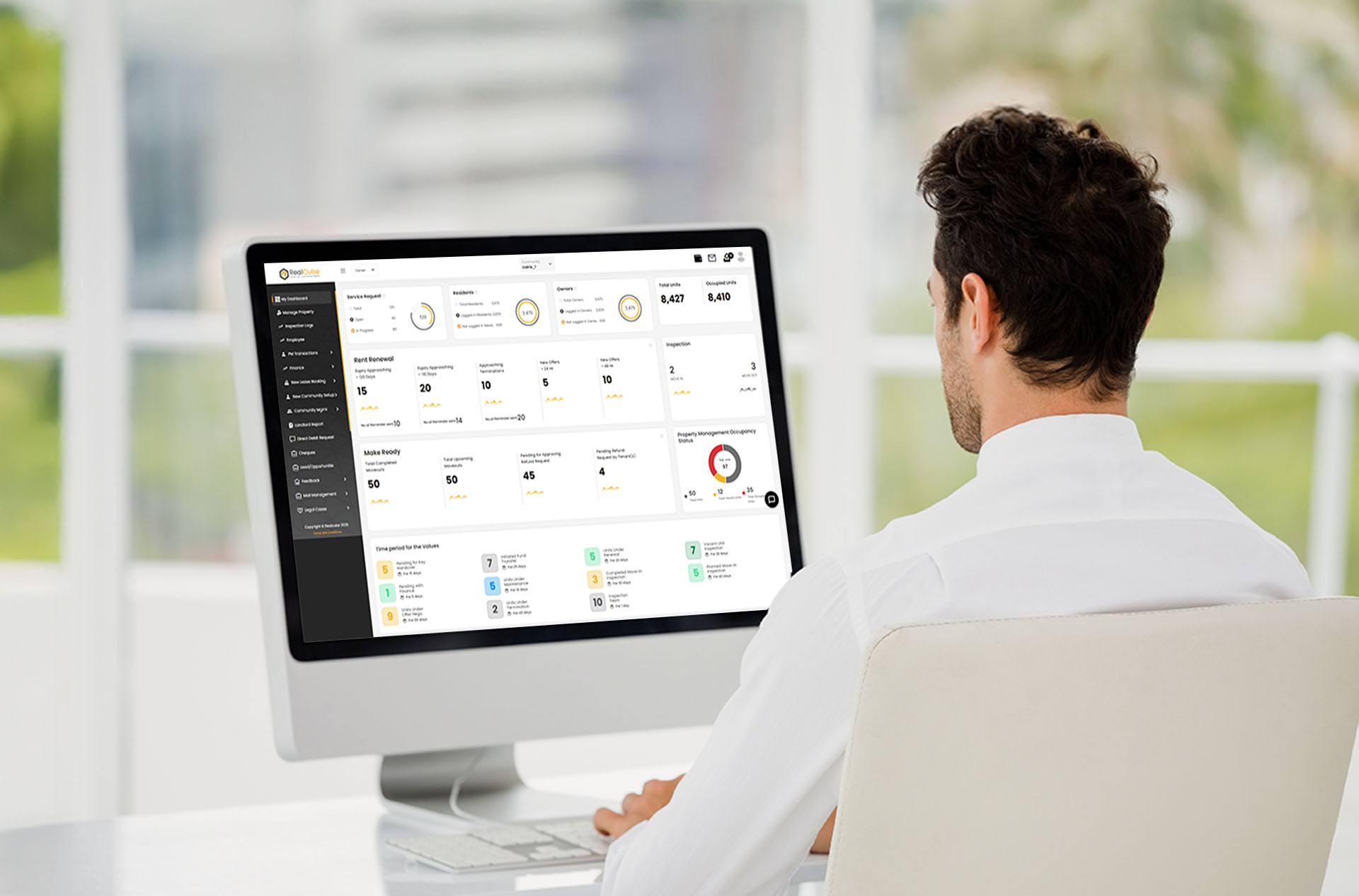
Managing multiple properties across various locations is no small feat, especially for mid to large property management firms. Juggling maintenance requests, financials, tenant communications, and vendor management can quickly become overwhelming. Enter centralized dashboards — the transformative tool reshaping how property managers oversee their portfolios efficiently and proactively.
The main advantages of centralized dashboards, their reasons for modernizing property management, and how they enable real estate companies to maintain their competitive edge will all be covered in this article.
What Is a Centralized Dashboard in Property Management?
A centralized dashboard, to put it simply, is a single digital interface that collects all important property data in one location. Property managers have a comprehensive, real-time view of their entire portfolio rather than having to switch between spreadsheets, email threads, and various software applications.
Financial information, maintenance plans, tenant requests, compliance updates, vendor performance, and occupancy rates are all integrated into this dashboard and made available on a single platform.
The Challenges Mid to Large Property Firms Face
Handling dozens or even hundreds of properties means managing a mountain of data daily. Some common hurdles include:
These issues are directly addressed by centralized dashboards, which assist businesses in transforming confusion into clarity.
Key Benefits of Centralized Dashboards
1. Real-Time Insights for Faster Decisions
Managers can quickly identify problems, such as past-due maintenance or rent arrears, and take action before they worsen thanks to real-time data updates. Better asset performance and increased tenant satisfaction are the results of this adaptability.
2. Streamlined Operations
By consolidating information, dashboards eliminate the need to switch between multiple systems. This streamlining saves time and reduces human error, freeing managers to focus on strategic priorities.
3. Enhanced Collaboration
Teams, vendors, and stakeholders can all access pertinent data on a common platform thanks to centralized dashboards. Accountability and more seamless departmental coordination are fostered by increased transparency.
4. Data-Driven Performance Tracking
Dashboards use visual representations like charts and graphs to show key performance indicators (KPIs) including occupancy rates, maintenance expenses, and financial health. Property managers can more easily track developments and pinpoint problem areas as a result.
5. Customizable Views
To ensure that everyone has the appropriate information at their fingertips, various teams can customize dashboards to fit their specific duties, such as maintenance teams monitoring work orders or leasing agents tracking vacancies.
How AI and Automation Amplify Dashboard Power
Modern centralized dashboards often leverage AI and automation, taking property management to the next level. Predictive analytics can forecast maintenance needs, while automated alerts notify managers about critical issues instantly.
This combination minimizes downtime, reduces costs, and improves overall operational efficiency.
Real Cube’s Role in Centralized Property Management
Real Cube offers a comprehensive centralized dashboard designed for mid to large property management firms. Here’s how it fits into the picture:
This integrated approach makes managing large portfolios more efficient and transparent.
The Future of Property Management Is Centralized
Traditional management techniques are no longer sufficient as property portfolios get larger and more complicated. By streamlining data management, improving communication, and facilitating proactive decision-making, centralized dashboards provide a more intelligent approach to operations.
Property managers may maximize asset value, lower costs, and increase tenant retention by implementing a platform such as Real Cube. These benefits are essential for prospering in the changing real estate market of 2025 and beyond.
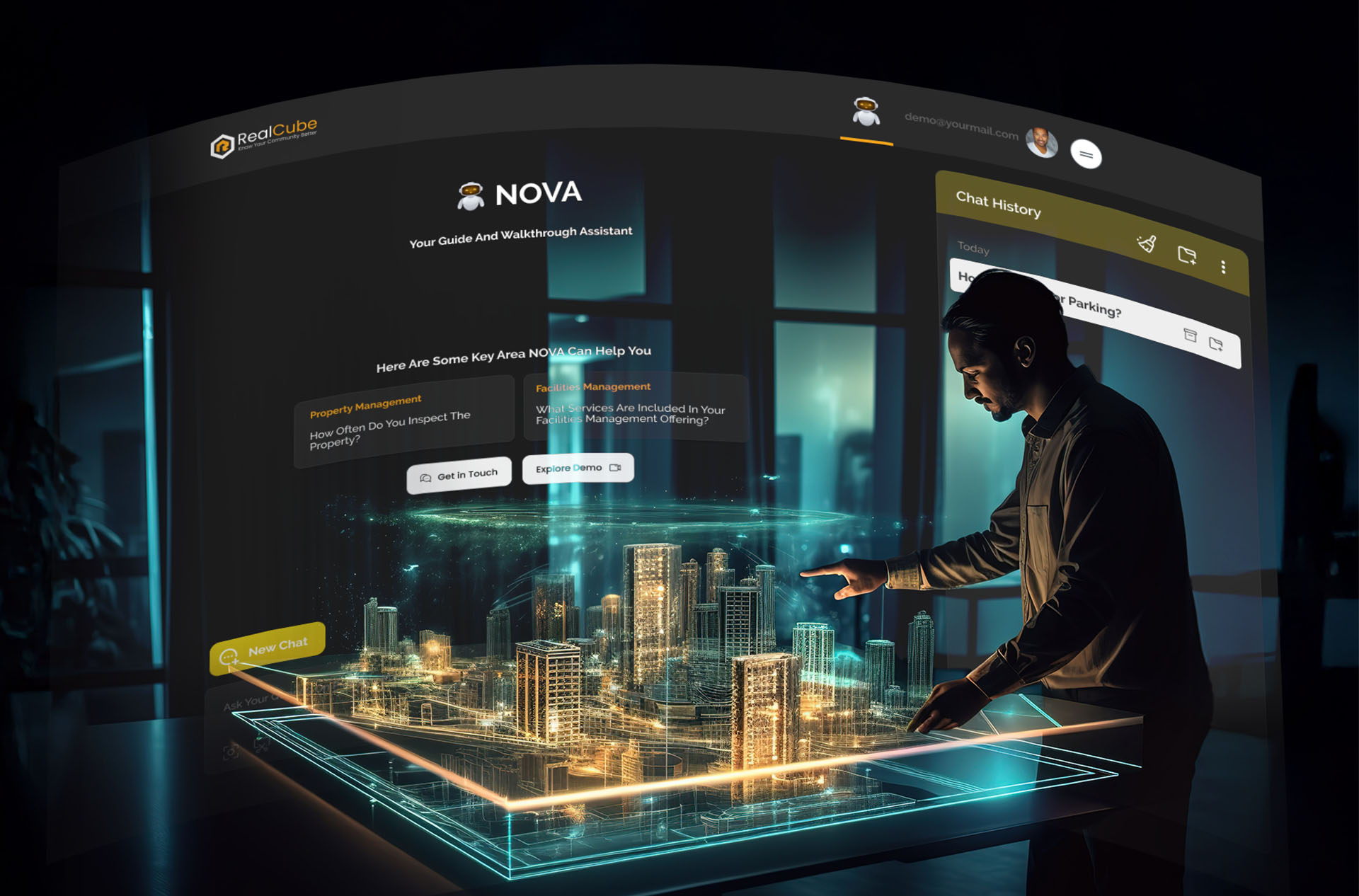
The Digital Shift in Real Estate Strategy The real estate industry is undergoing a profound shift. Traditional…
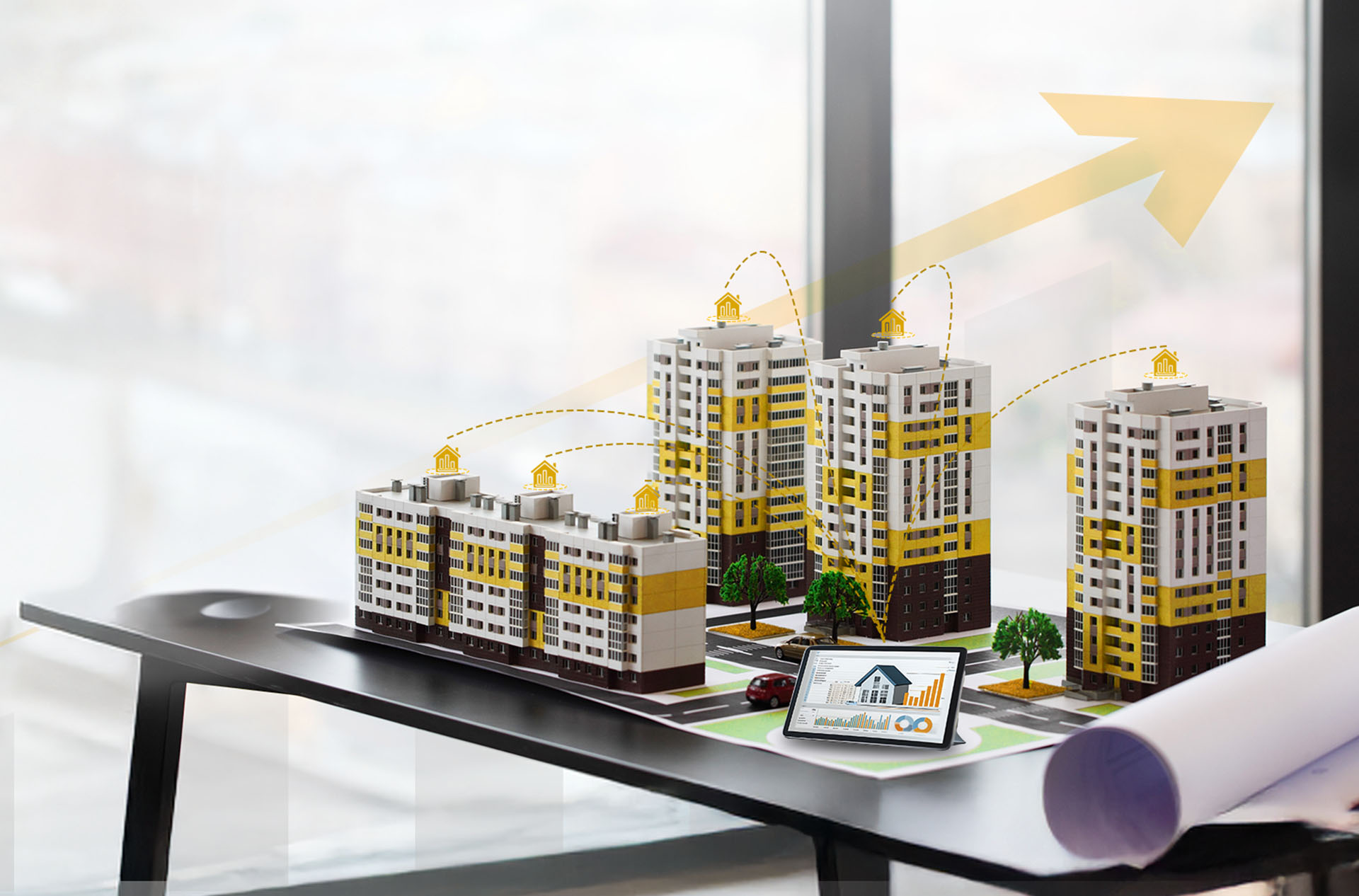
As property management companies expand into new regions, scaling operations while maintaining efficiency…

Top 2025 Property Tech Trends to Watch 1. Artificial Intelligence (AI) and Machine…
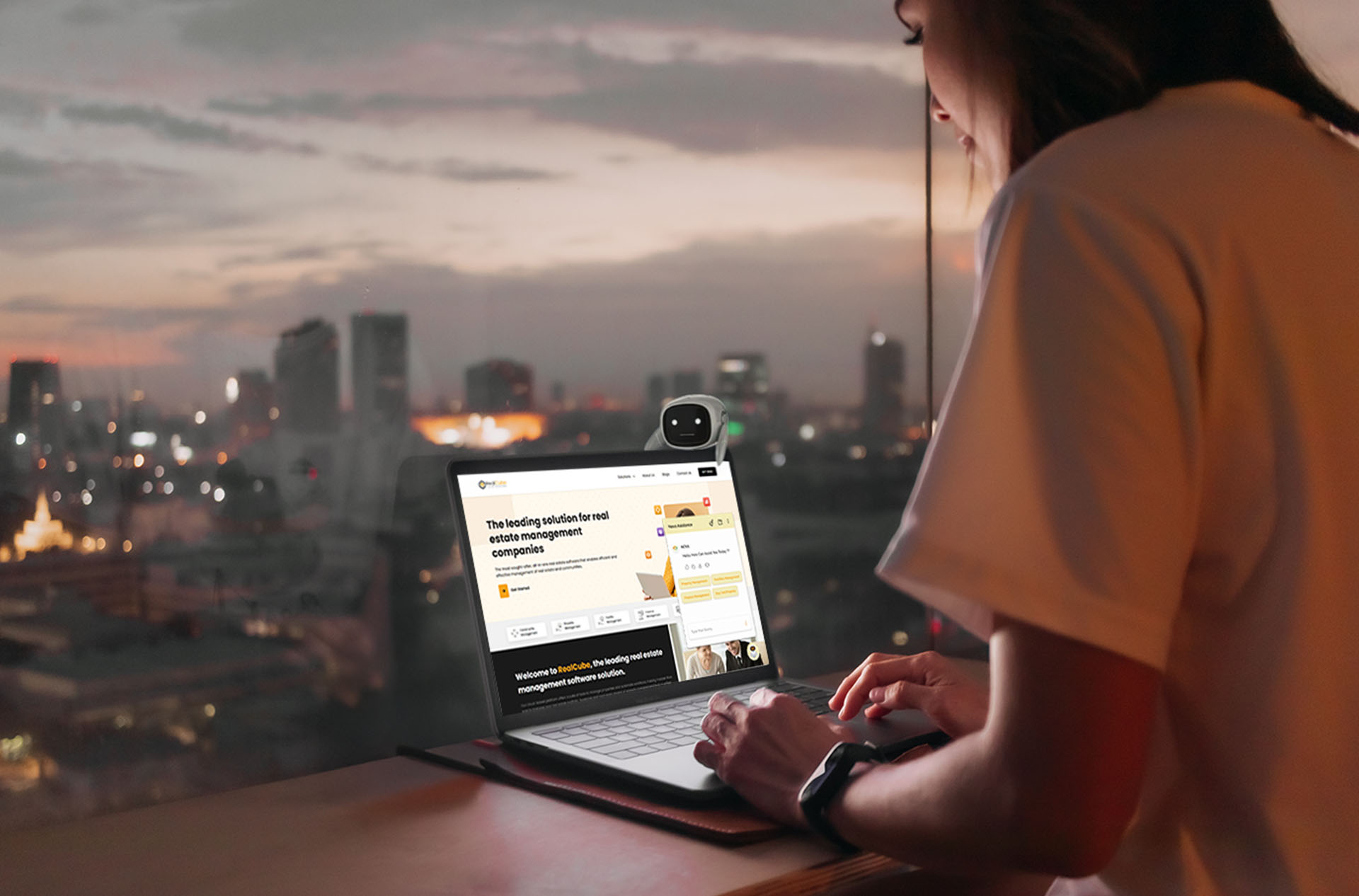
The world of real estate is undergoing a massive transformation, driven by the rise of artificial intelligence…

As cities around the world grow and change to meet new challenges, the "smart city" trend has changed…
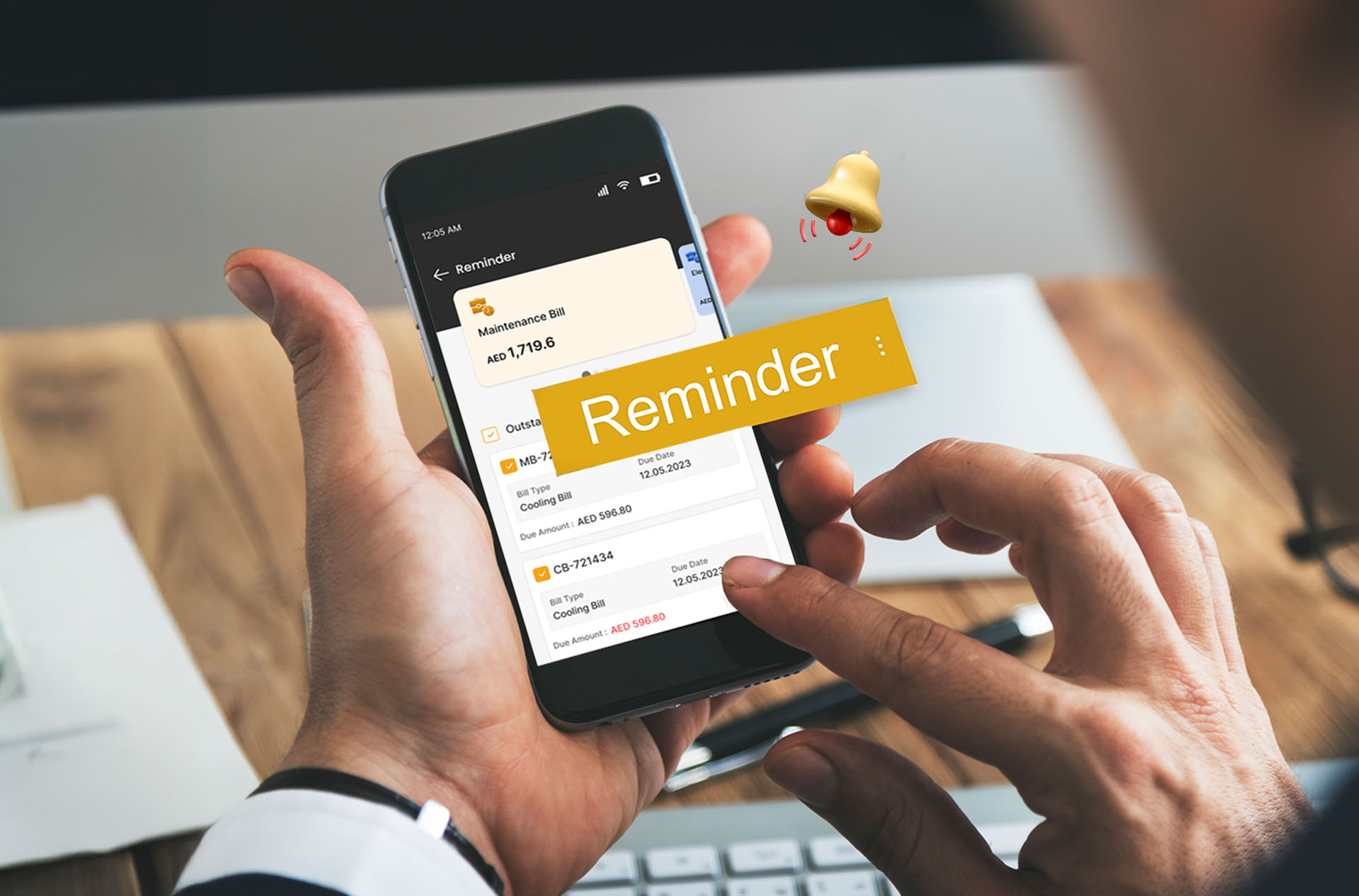
In the property management and real estate development space, one overlooked permit, expired document,…
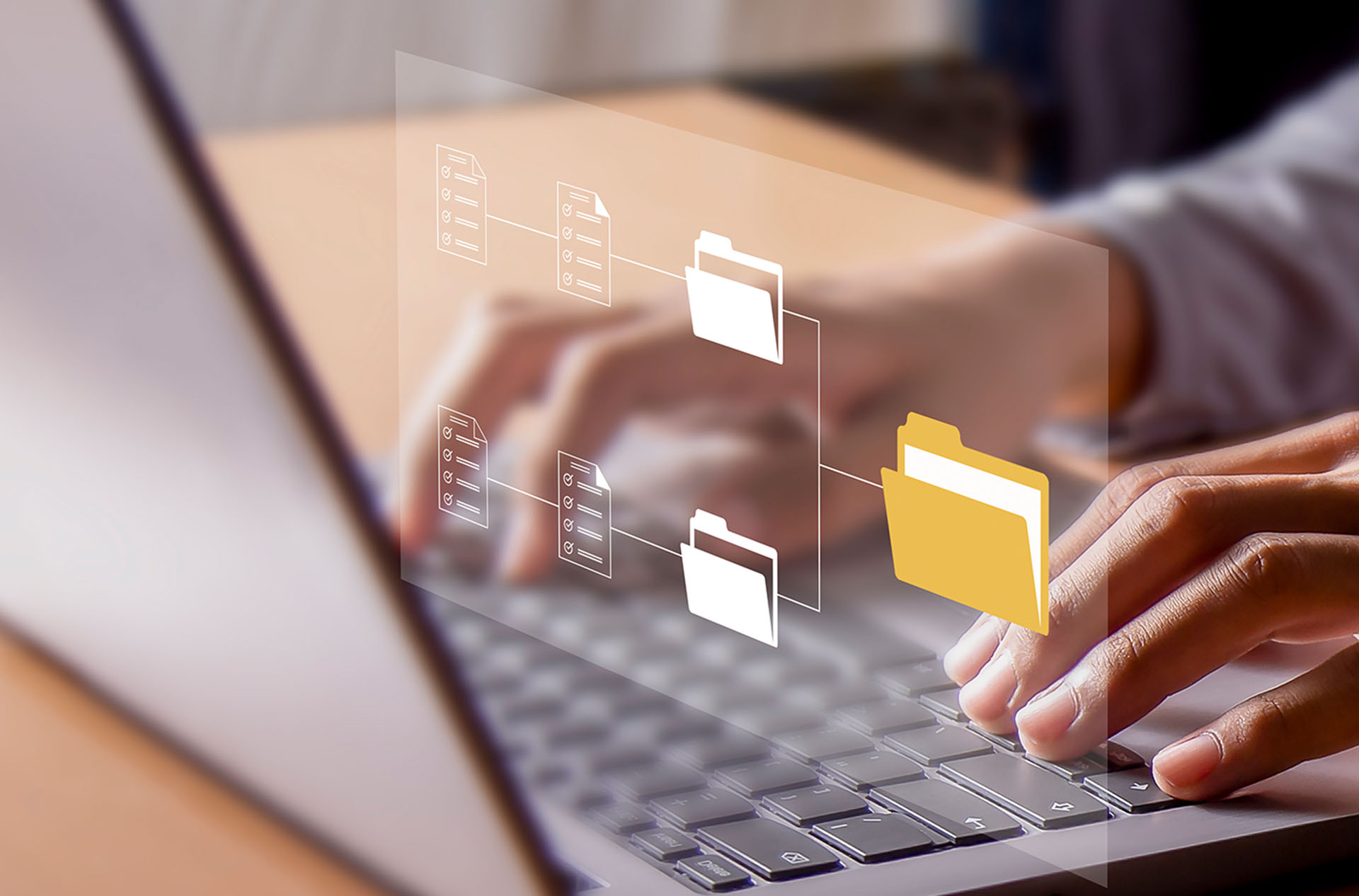
In today’s fast-paced, document-heavy world, effective document management is crucial for any organization,…
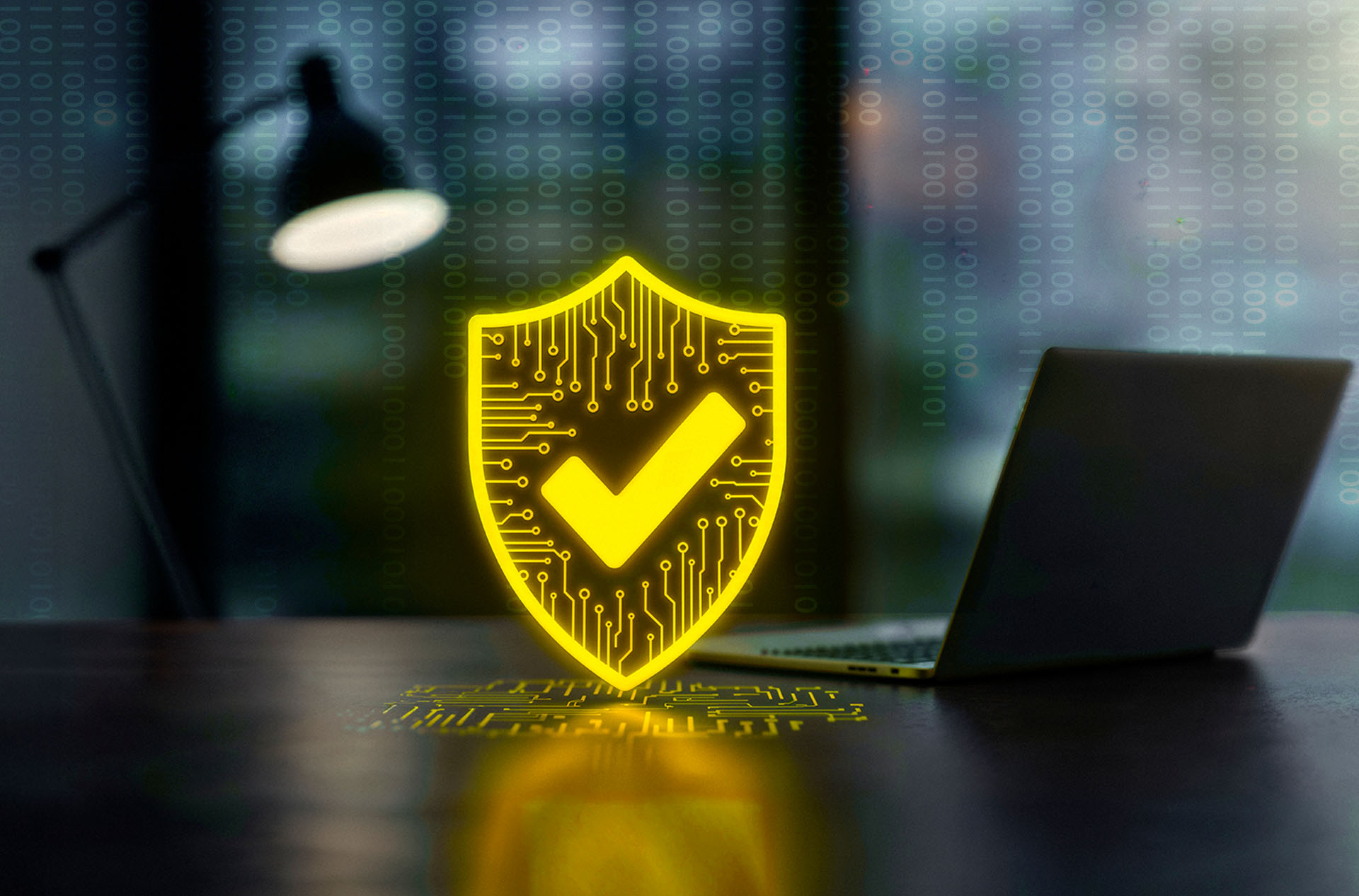
Data is one of the most important resources for any business in the modern digital era, particularly…
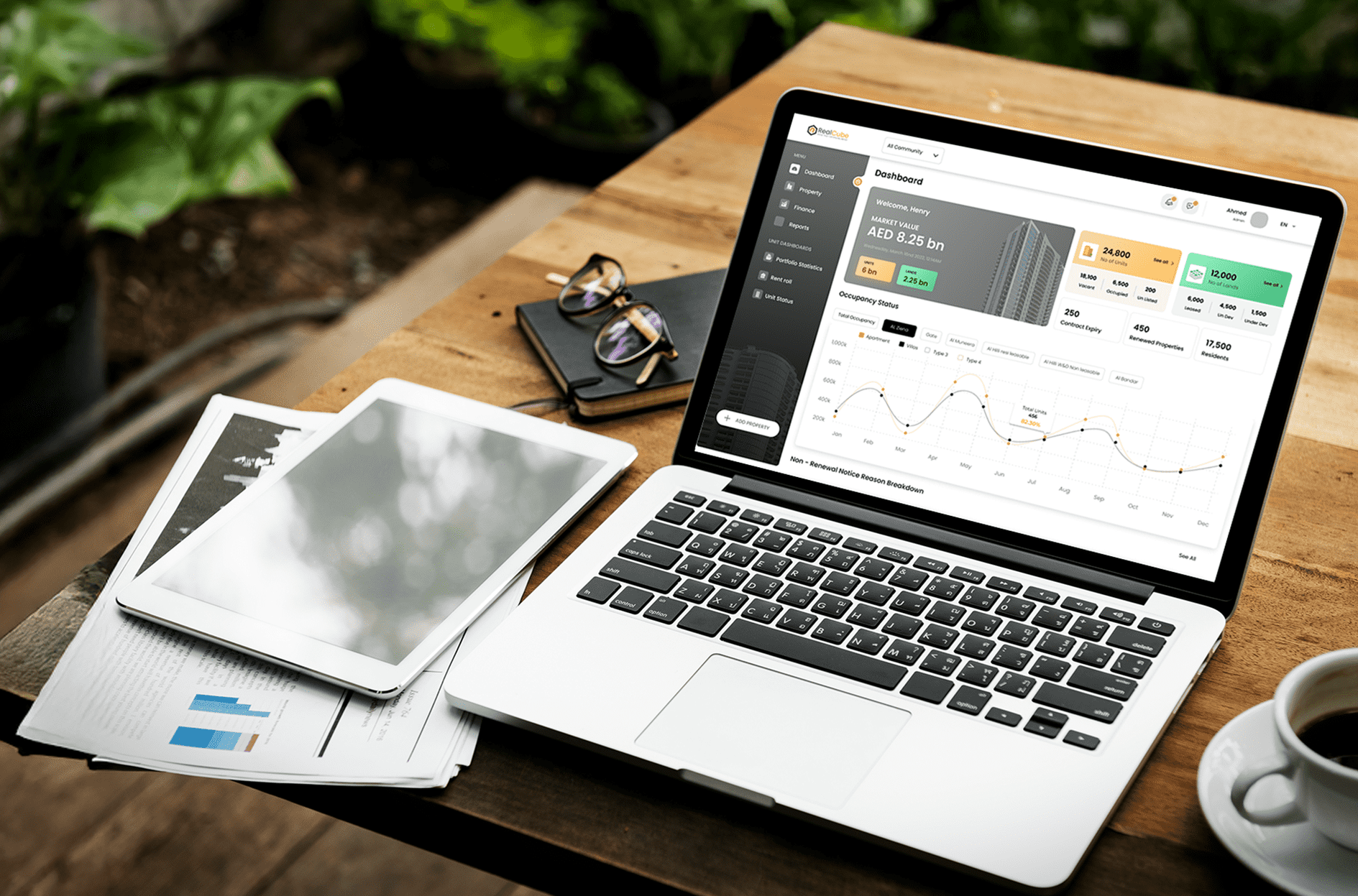
Property management solutions are now crucial for guaranteeing seamless operations in the real estate…

In the dynamic, fast-paced world of community management, keeping in touch with locals is essential.…